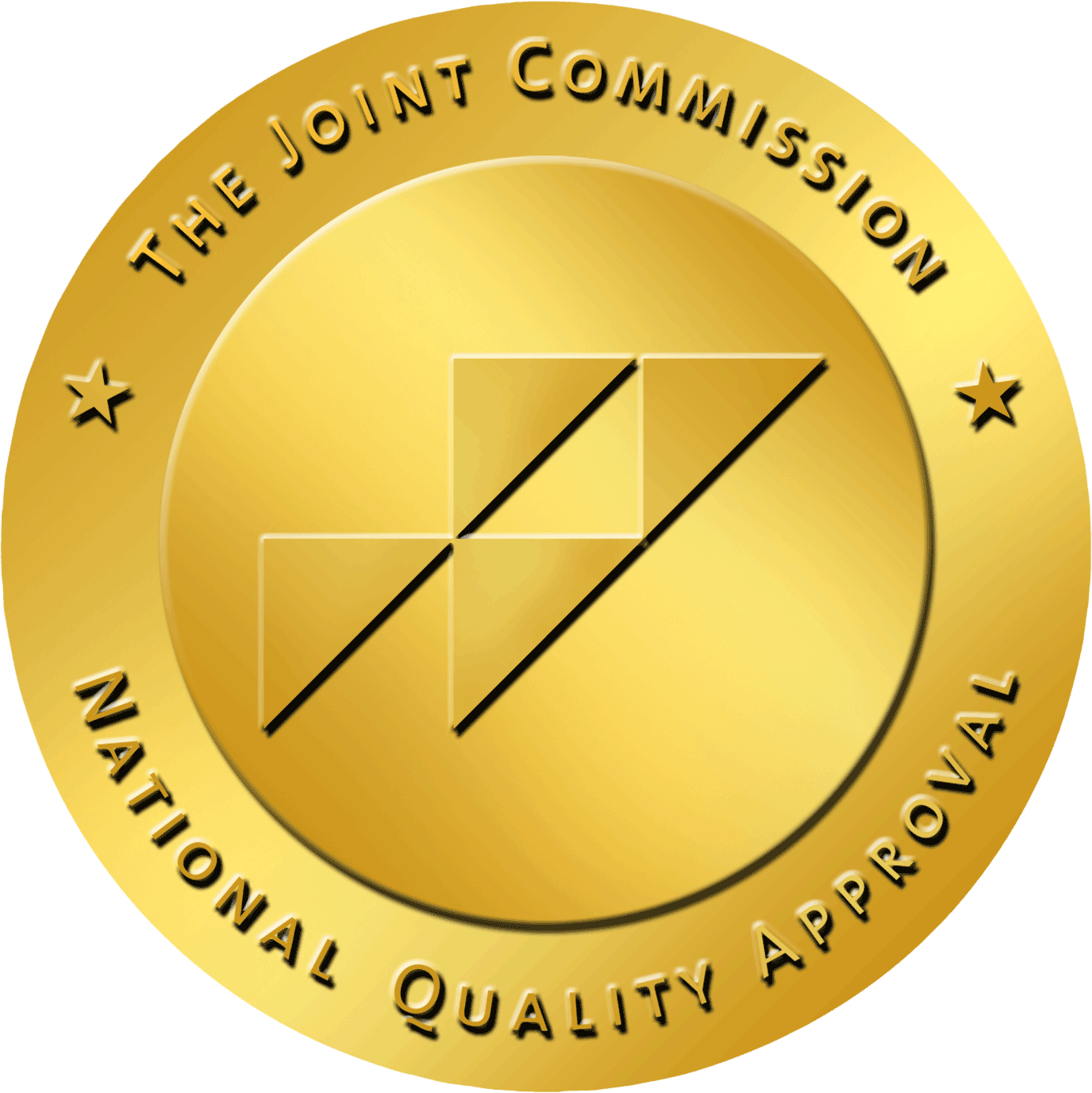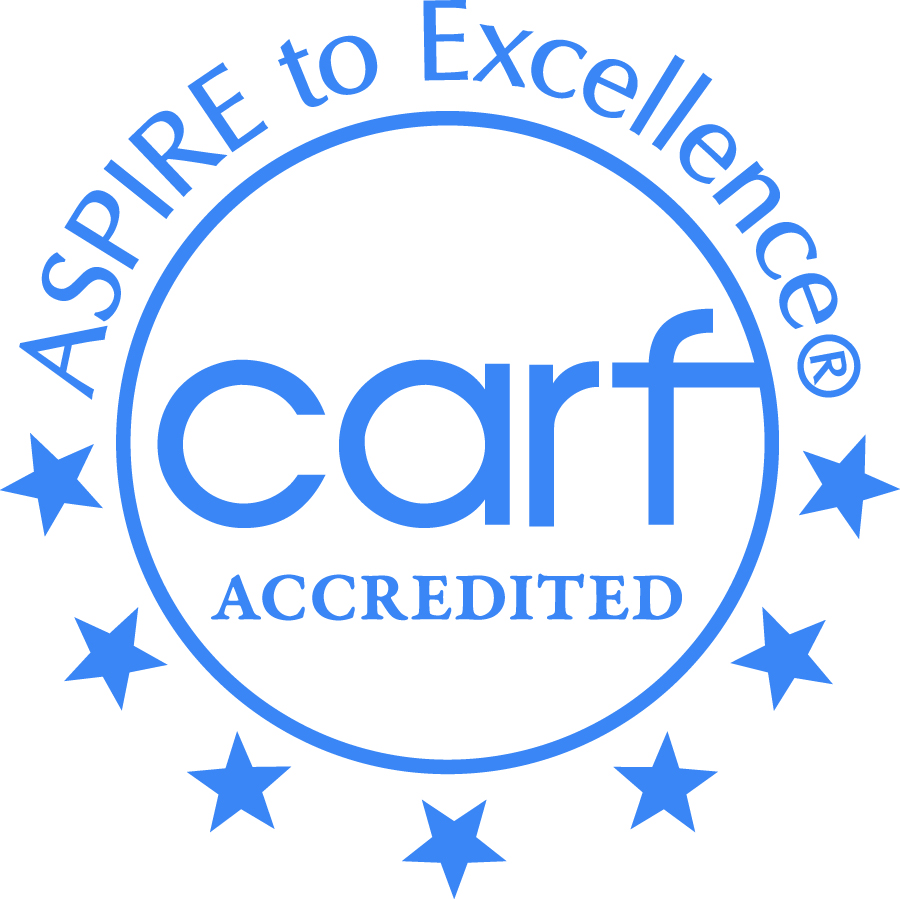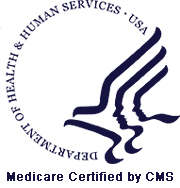News
High-Tech Goggles Could Diagnose Concussions Without Baseline Testing
Over the past few years, several unique tests have emerged that can help diagnose concussions accurately and reliably. Each test has its strengths and weaknesses, but these tests have made it easier for medical professionals to quickly assess injured athletes, service members, and other injured individuals in any environment.
A team of researchers believes they have improved on these tests even further by combining them, into a state-of-the-art set of goggles that can diagnose concussions with almost 90% accuracy.
The scientists from the University of Miami Miller School of Medicine have developed the I-Portal Neuro Otologic Test, which uses head-mounted goggles to gauge eye movement through small mounted video cameras feeding data to special software that diagnose concussions accurately 89% of the time.
According to new research on these goggles published in PLOS-One, the system is able to detect subtle differences in eye movements between those who have recently been diagnosed with a concussion and those with no history of brain injury.
“This is the first paper demonstrating an objective method of diagnosing mTBI that relies on physiologic parameters,” said study author Dr. Michael Hoffer, a professor of otolaryngology at the University of Miami Miller School of Medicine, in a statement. “This work opens the door for site of injury testing and access to physiologic tests for athletes of all ages.”
The researchers say three tests conducted by the stem are particularly useful for determining if a person has recently had a brain injury. One test assesses a person’s ability to generate anti-saccades, which can be used to measure executive function. In this test, participants stare at a dot until another pops up off to the side.
The natural response is to want to quickly look at the new dot, but participants are told to look away from the new dot. Healthy participants are able to do this without much strain or confusion, but the harder it is to complete this task, the more likely a person is to have injury to the frontal cortex.
In isolation, these tests are able to detect some brain injuries, while missing others that affect different areas of the brain. The researchers say they only become reliable and objective tests for concussions when combined.
Unlike most concussion tests, this model doesn’t require baseline testing to establish an individual’s cognitive functioning before a brain injury. That makes this test particularly unique as it allows professionals to diagnose a concussion without having pre-existing data on their health.
“It is not inconceivable that in the near future you will see the I-Portal goggle used on every sideline in America,” Hoffer said in the release. “With accurate and timely diagnosis, which is possible through this technology, patients could receive better treatment faster. It’s one of many developments that are needed to begin to curb the concussion epidemic.”
Like all concussion assessment systems, the new goggles will have to undergo rigorous testing to confirm their effectiveness. Still, these early results suggest the combined force of the tests held within the new system could be an extraordinary tool for guaranteeing brain injuries are diagnosed before more severe damage occurs.





